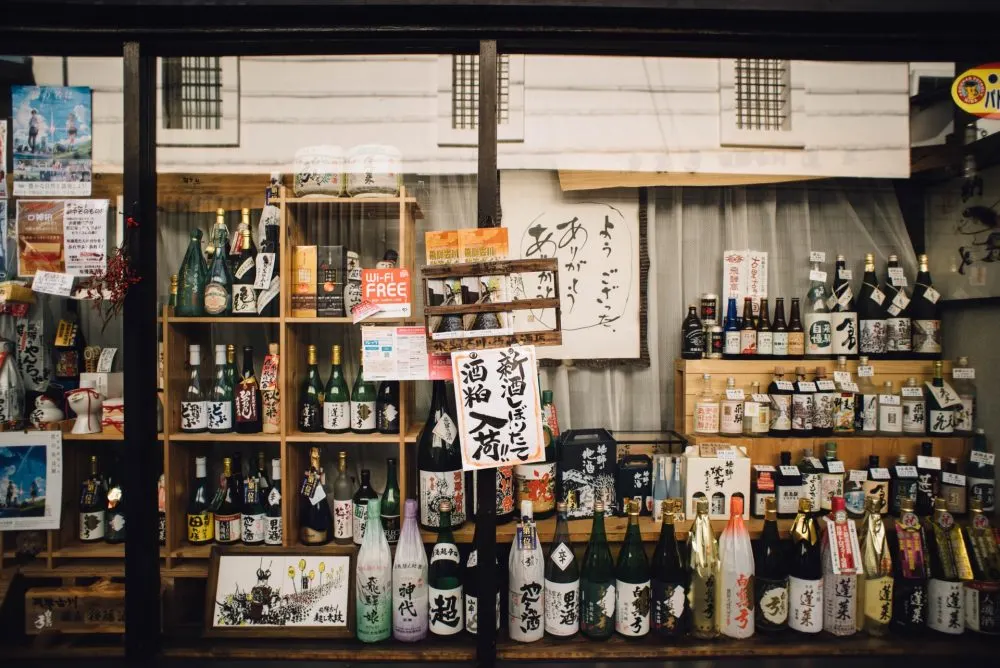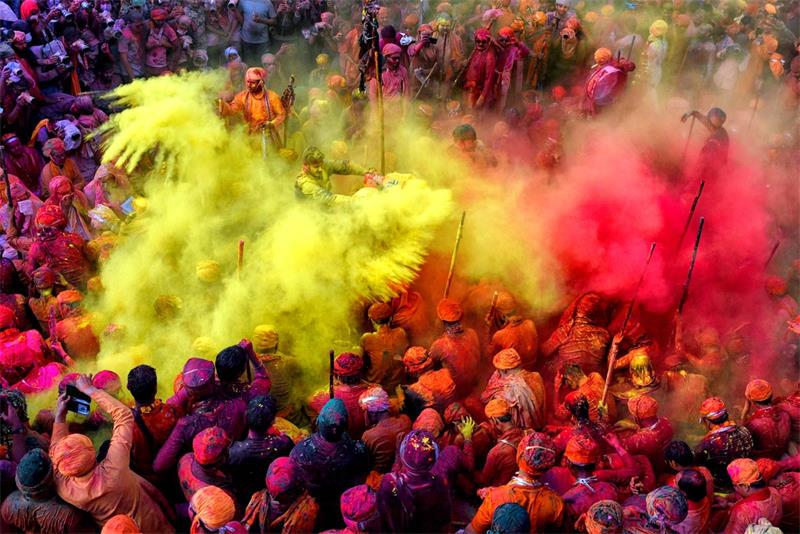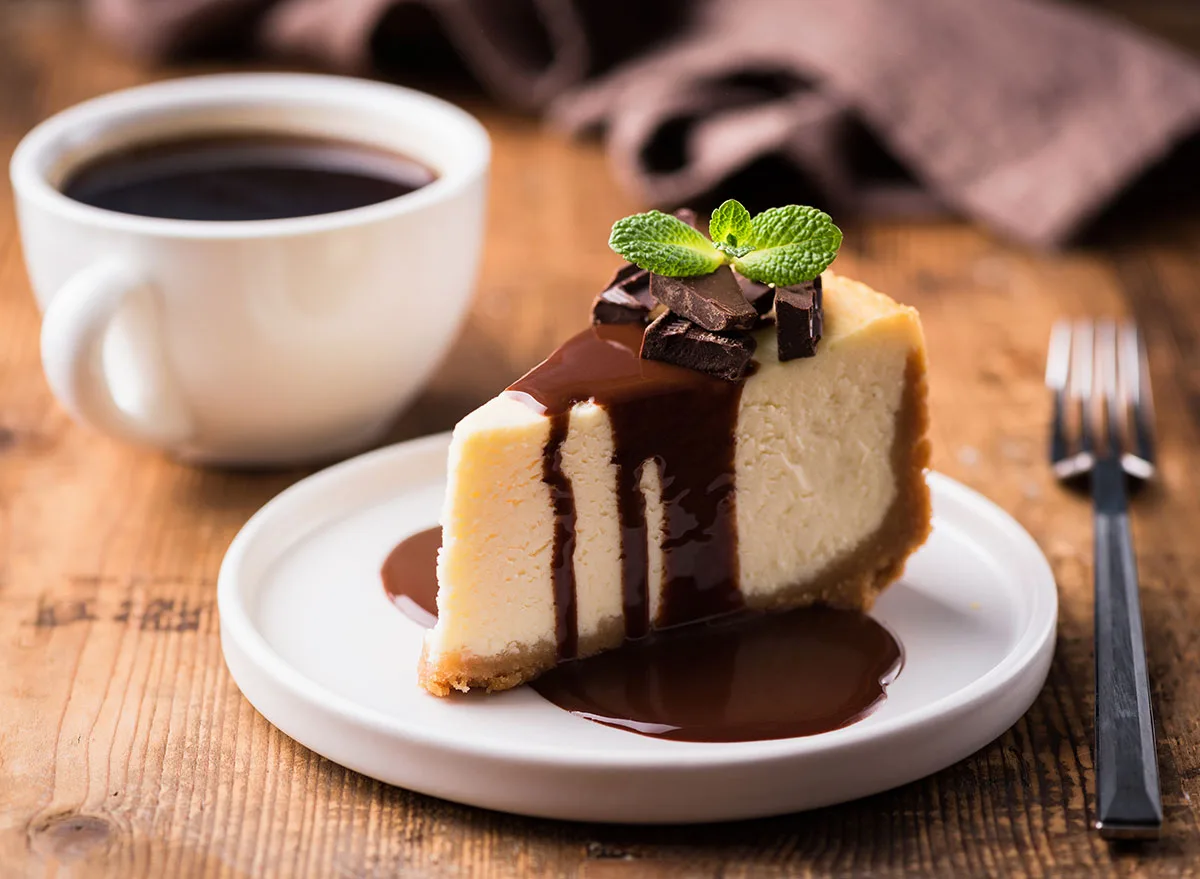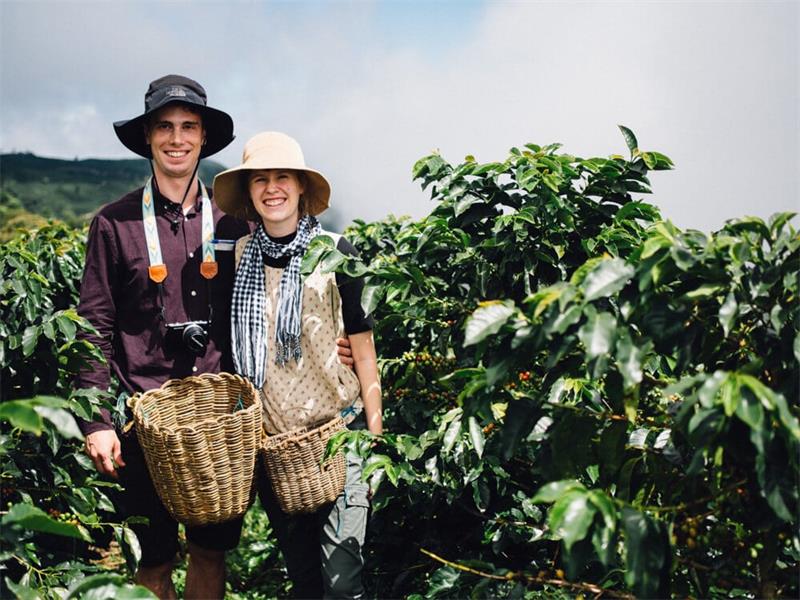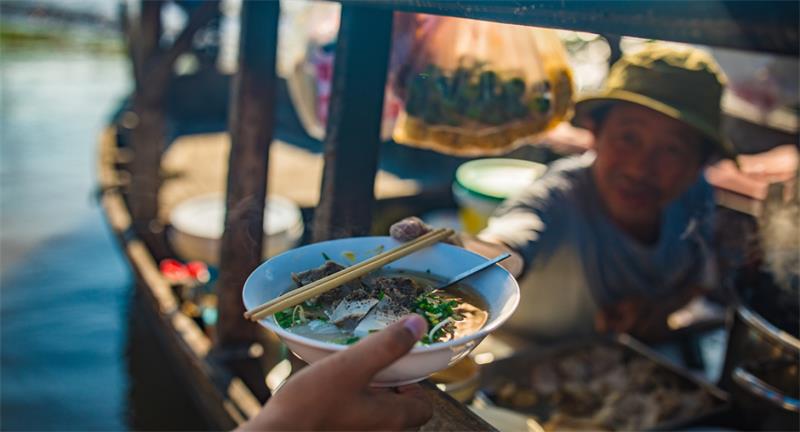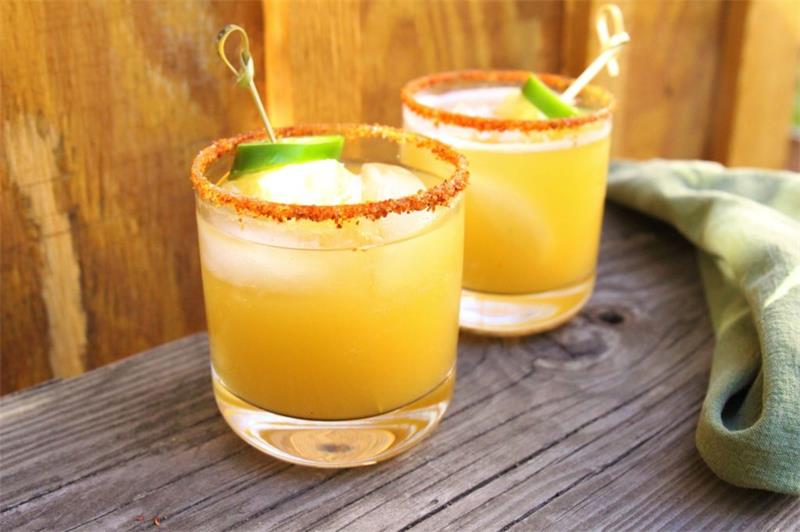Contents
The Most Popular Drinks in Japan: From Sake to Matcha
Introduction: The Importance of Drinks in Japanese Cuisine
Japan is a country rich in culture and traditions, and one aspect of this culture that has become increasingly popular around the world is its cuisine. But Japanese cuisine isn’t all about sushi and ramen – drinks are also an integral part of the dining experience. In fact, the right drink can enhance the flavors of a dish or even serve as a palate cleanser between courses.
In Japan, drinks are not just for hydration; they are an essential part of socializing, celebrating, and even doing business. Whether it’s a cup of tea during a formal ceremony or a round of sake at a casual izakaya (a type of Japanese bar), drinks play an important role in bringing people together and creating connections.
Furthermore, Japanese culture has had a significant influence on popular drinks worldwide. From matcha lattes at Starbucks to sake flights at trendy bars, these beverages have become more than just cultural staples – they’re now global sensations that reflect Japan’s rich history and unique tastes.
Brief Overview of Japanese Culture and Its Influence on Popular Drinks
Japanese culture is often associated with elements such as samurais, cherry blossoms, geishas, anime series like Pokemon or Naruto among others; but one aspect that stands out is their appreciation for simplicity and natural beauty which reflects their drinking habits too. It’s no surprise that many popular Japanese drinks utilize ingredients found naturally within Japan such as green tea leaves grown from Uji district or rice for sake brewed mainly in four regions: Niigata Prefecture , Hiroshima Prefecture , Kyoto Prefecture ,and Fukuoka Prefecture . Moreover, there are several historical events in Japan that have influenced the development and popularity of certain drinks.
For example, during the Edo period (1603-1867) when Japan was isolated from the rest of the world, tea ceremonies became more elaborate and formal. In addition, sake played an important role in Shinto religious rituals as well as being a symbol of hospitality, friendship and prosperity.
Japan’s modern-day fascination with technology has also had an impact on its drink culture. From high-tech vending machines that dispense hot coffee to resealable bottles of Ramune soda with marble stoppers, Japanese beverages are not only delicious but also innovative and convenient.
Importance of Drinks in Japanese Cuisine
Japanese cuisine is often associated with clean flavors and pristine presentation, but drinks are just as important to the culinary experience. For starters, traditional Japanese meals are usually served as a multi-course affair with several dishes highlighted by different drinks such as iced green tea or hot sake for sushi.
Furthermore, Japanese cuisine emphasizes harmony between flavors and textures; a well-chosen drink can balance out the components of a dish or enhance its depth and complexity. This is why sake is often paired with seafood since it can stand up to strong flavors like soy sauce or wasabi.
Drinks play an essential role in Japanese culture and cuisine – whether you’re enjoying a cup of matcha tea at home or sipping on shochu at a bustling bar. With centuries of history and innovation behind them, these popular beverages offer not only refreshment but also insight into Japan’s rich cultural heritage.
Sake: Japan’s Most Famous Alcoholic Beverage
Sake is undoubtedly Japan’s most well-known alcoholic beverage, and its popularity extends far beyond Japanese borders. This traditional rice wine has been produced in Japan for centuries, and its rich history is closely tied to the country’s culture and customs. Sake is usually consumed during formal occasions such as weddings, business meetings, and other important celebrations.
History and Production Process of Sake
The origin of sake production can be traced back to the Nara period (710-794), where it was mainly used for religious ceremonies. The brewing process of sake started evolving during the Heian period (794-1185), where it became commonly produced by temples and noble households. The basic ingredients of sake are rice, water, yeast, and koji mold.
Rice is carefully polished to remove the outer layers until only the starchy core remains. Then it is washed, soaked in water, steamed, cooled down, mixed with koji mold spores (which convert starches into sugar), water, yeast and allowed to ferment for several weeks.
Different Types of Sake and Their Characteristics
There are many different types of sake available in Japan that vary according to their taste profile, aroma characteristics or how they are brewed. Some popular types include Daiginjo which is a top-shelf sake made with highly polished rice grains that have been fermented slowly at low temperatures for an extended period; Junmai which does not contain any added distilled alcohol; Honjozo which has a small amount of distilled alcohol added during the brewing process; Ginjo which uses more highly polished rice than Honjozo but less than Daiginjo; And finally Futsushu which is an everyday drinking sake that contains less than 70% polished rice.
Popular Brands and Regions for Sake Production
Sake is produced all over Japan, but some regions are more famous for their sake production than others. The most well-known regions include Niigata, Hiroshima, Kyoto, and Hyogo. Some of the most popular brands of sake in Japan include Dassai, Kubota, Hakutsuru and Gekkeikan.
When drinking sake in Japan it is usually served cold or at room temperature in small ceramic cups called “choko” or traditionally sized wooden box-like containers called “masu”. Sake can also be enjoyed warm depending on the individual’s preference and the type of sake being consumed.
Green Tea: A Staple in Japanese Culture
Green tea, or “ocha” in Japanese, is one of the most commonly consumed beverages in Japan. It has a long history and strong cultural significance, dating back to the 8th century. Green tea is made from unfermented leaves of the Camellia Sinensis plant and is known for its delicate aroma and taste.
Health Benefits of Green Tea
In addition to its delicious taste, green tea is packed with health benefits. It is rich in antioxidants called catechins that have been shown to reduce the risk of cancer, heart disease, and stroke.
The high levels of polyphenols in green tea also help to boost metabolism and promote weight loss. Additionally, green tea has been linked to improved brain function and lower rates of depression.
Matcha vs Sencha: The Difference Between the Two
When it comes to Japanese green tea, there are two main varieties: matcha and sencha. Matcha is a finely ground powder made from shade-grown tea leaves that are specifically grown for matcha production. It has a vibrant green color and a slightly sweet taste.
Sencha, on the other hand, is made from whole leaves that are steamed before being rolled and dried. It has a more vegetal flavor than matcha.
Both matcha and sencha have their own unique health benefits due to their different processing methods. Matcha contains higher levels of antioxidants than sencha because you consume the entire ground leaf rather than just steeping it in water like with traditional teas.
How to Properly Prepare and Enjoy Green Tea
To properly enjoy Japanese green tea, it’s important first to choose high-quality loose leaves or powder from a reputable source. Next, boil water (ideally filtered) but let it cool slightly before adding it to the tea.
Using water that is too hot can burn the tea leaves and negatively impact the taste. For matcha, use a bamboo whisk to mix the powder with hot water until frothy.
For sencha, steep the leaves in hot water for 1-2 minutes before pouring into a cup. Green tea can be enjoyed on its own or paired with traditional Japanese sweets like mochi or wagashi.
Some people also add a small amount of sugar or honey to their tea to enhance the flavor. Regardless of how you prefer your green tea, take your time and savor every sip while appreciating its many health benefits and cultural significance.
The Iconic Japanese Soda: Ramune
Ramune is one of Japan’s most iconic soft drinks, recognized for its unique bottle design and distinct flavor. This carbonated soda has a long history dating back to 1884 when it was first introduced to the market.
Originally called “Lemonade,” its name was later changed to Ramune, which combines the Japanese words “rama” (marble) and “nui” (to sew). The bottle design of Ramune is arguably what makes it stand out from other soft drinks.
The bottle is made of glass and has a distinctive Codd-neck shape with a marble sealed in its neck. To open the drink, you need to use a special tool that comes with the bottle or improvise with your own method, such as using chopsticks to push down on the marble and release the carbonation.
Ramune comes in a variety of flavors including original, strawberry, melon, blueberry, orange, grape, and many more. Each flavor has its unique taste profile that appeals to different palates.
Overall, Ramune is an iconic drink that represents Japanese culture and innovation. Its unique bottle design and distinct flavors make it a must-try for anyone visiting Japan or looking to experience something new.
Shochu: Japan’s Other Popular Spirit
Distillation process of shochu
Unlike sake, which is brewed, shochu is distilled. This means that the alcoholic beverage is made using a process similar to that of making whiskey or vodka.
The main ingredient used in shochu production can vary, but it’s usually sweet potato, barley, or rice. Water and yeast are also essential components of the distillation process.
The production of shochu typically involves three steps: preparation, fermentation, and distillation. During the preparation phase, the main ingredient is washed and steamed to make it easier to extract sugars.
Next comes fermentation, where enzymes are added to break down these sugars into alcohol. comes distillation – this step involves separating the alcohol from water and other impurities by heating the fermented mixture in a pot still.
Different types of shochu
There are many different types of shochu available in Japan today, each with its own unique flavor profile. Sweet potato shochu tends to have a sweeter taste than other varieties and is often described as having a slightly earthy flavor. Barley shochu has a more delicate flavor than sweet potato shochu and is often favored by those who prefer a smoother drink.
Rice shochu tends to be lighter than other varieties and has a clean taste with subtle hints of sweetness. Other popular ingredients used in making shochu include brown sugar (kokuto) and chestnuts (kuri), both of which add distinctive flavors to the final product.
How to drink shochu like a local
If you want to drink like a local when it comes to enjoying Shochu, there are some guidelines you should follow: 1. Choose your glassware carefully – A traditional ceramic cup called an ochoko is the ideal way to enjoy shochu. The smaller size of the cup allows you to savor the aroma and flavor of the drink.
2. Add some water – Many Japanese drinkers prefer to dilute their shochu with a small amount of water, which can bring out more subtle flavors in the drink. 3. Take small sips – Savoring each sip of shochu is key to fully experiencing its complex flavors.
Don’t rush through your drink – take your time and enjoy it slowly. 4. Pair it with food – Shochu is often enjoyed alongside traditional Japanese dishes like sushi, grilled meats, or pickled vegetables.
Experiment with different pairings to find your favorite combination! Shochu is a unique and versatile spirit that holds an important place in Japan’s drinking culture.
Whether you prefer sweet potato, barley, or rice varieties, there’s a type of shochu out there for everyone! So next time you’re looking for something new and exciting to try on your next night out, give this traditional Japanese spirit a chance!
Calpis: The Sweet Milky Drink Loved by All Ages
If you’ve ever visited Japan or tried Japanese cuisine, chances are you’ve come across Calpis. This sweet, milky drink is a popular choice among locals and tourists alike. Despite its unique taste and texture, Calpis has a fascinating history that spans over 100 years.
History and Origin of Calpis
Calpis was first introduced in 1919 by the Japanese company Calpis Co., Ltd. Initially called “Calpis Water,” the drink was created as a probiotic milk-based beverage that could be easily consumed in Japan’s hot summer months. Over time, the name was shortened to “Calpis” and the recipe was refined to include lactic acid bacteria that aid in digestion. Today, Calpis is sold worldwide under various names such as “Calpico” or “Calpiss.” The drink’s popularity has endured for over a century thanks to its unique flavor profile and refreshing qualities.
Flavors Available in the Market Today
While the original flavor of Calpis remains popular among consumers, there are now many variations available on the market. Some of these include flavors like peach, mango, grapefruit, strawberry, and even soda-inspired flavors such as cola and melon soda.
The interesting thing about these flavors is that they often vary depending on where they’re sold. For example, while peach might be a popular flavor in Japan during the summer months, other regions may prefer grapefruit or strawberry instead.
How it is Consumed in Japan
In Japan, Calpis can be found not only as a bottled drink but also as an ingredient in various foods such as ice cream or dessert toppings. One popular way to enjoy Calpis is by mixing it with water or carbonated water to create a refreshing non-alcoholic beverage.
Additionally, Calpis is often paired with shochu, a distilled spirit popular in Japan. The combination of Calpis and shochu creates a sweet and tangy cocktail known as “Chu-Hi,” which is a go-to drink for many locals.
Overall, Calpis continues to be an iconic Japanese drink that has stood the test of time. Whether you prefer the original flavor or one of its many variations, there’s no denying the refreshing qualities and unique taste of this beloved beverage.
Conclusion
Summary of the most popular drinks in Japan
Japan is known for its unique and diverse range of drinks that embody the country’s rich culture and history. Sake, the traditional Japanese rice wine, stands out as one of the most popular alcoholic beverages in Japan.
It comes in different types such as junmai, honjozo, ginjo, and daiginjo – each with its distinct flavor profile. Another staple drink in Japan is green tea, which is known for its health benefits and calming effect on the body and mind.
Matcha green tea is a special type of tea that has become increasingly popular worldwide due to its high nutritional value. In addition to sake and green tea, Ramune soda also holds a special place in Japanese culture.
Its unique bottle design and opening method have made it an iconic drink in Japan. Shochu, another popular alcoholic beverage made from sweet potatoes or other grains like rice or barley, is also enjoyed by many Japanese people.
Calpis is a sweet milky drink adored by all ages since it was first introduced to the market over 100 years ago. It comes in various flavors such as grapefruit and peach and can be mixed with other drinks like soda or beer for a unique twist.
Final thoughts on how these drinks
Drinks play an essential role in Japanese cuisine and culture. They are not just consumed for their taste; they are also appreciated for their cultural significance and health benefits.
As we have seen above, each drink mentioned has a unique story behind it that reflects Japanese traditions. Whether you are traveling to Japan or just looking to explore new flavors at home, trying these iconic Japanese drinks can be an exciting way to immerse yourself in this country’s rich culture while enjoying some delicious beverages!

